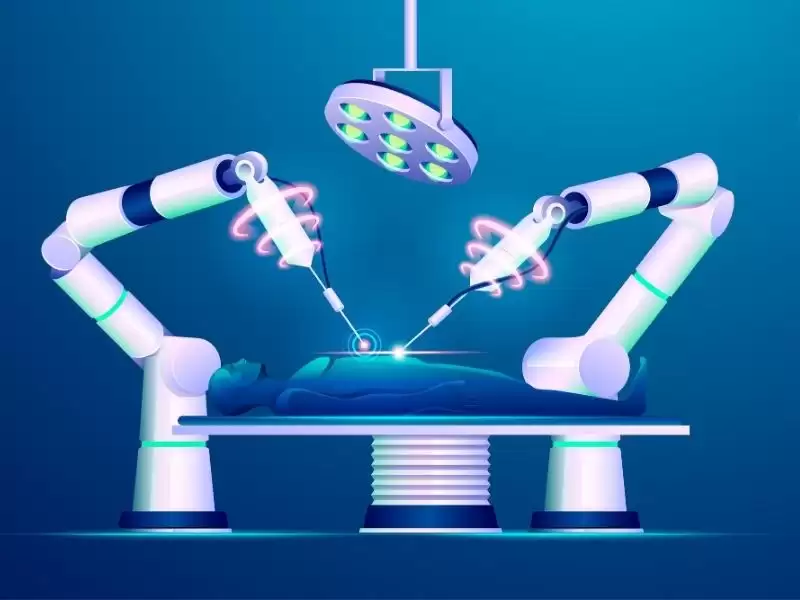Ankara bladder cancer is a type of cancer that is generally seen in advanced ages with the most important risk factor of smoking. The bladder is an organ where the urine filtered from the kidneys is stored and excreted from the body by contraction. Bladder cancer, which is defined as the uncontrolled proliferation of cells on the inner surface of the bladder, can be treated by robotic surgery.
Causes And Symptoms Of Bladder Cancer
For bladder cancer, which is more common in men than in women, occupations that may be in contact with chemical substances, are also risk factors in addition to smoking. In addition, chemotherapy administered to patients with chronic bladder inflammation and for the treatment of other types of cancer can also cause bladder cancer.
The complaints caused by bladder cancer in the patient are as follows:
- Visible bleeding in the urine with painless clots (most common)
- Polyuria (frequent urination)
- Weight loss
- Pain and burn during urination
- Decreased amount of urine and intermittent urination
- Uncontrolled bladder and bowel
- Back pain, pain in the legs and hip pain in the advanced stage
Treatment Of Bladder Cancer
Badder cancer is treated according to the stage of the disease. 70-75% of the patients are in the stage 1 at the time of diagnosis and there is superficial cancer. The treatment in these patients is the removal of the tumor from the bladder, which we call TUR-tm. If the disease has progressed to the muscle layer of the bladder, then stage-2 disease develops and the treatment is removal of the bladder. In stages 3 and 4, chemotherapy, radiotherapy may be administered or the bladder may need to be removed, depending on the disease and the condition of the patient.
Treatment Of Bladder Cancer Through Robotic Surgery
Ankara robotic surgery has been a very effective treatment method in the treatment of urological cancers in recent years. In robotic surgery, operation can be performed by controlling the imaging systems and surgical instruments sent into the 5-6 holes drilled in the application area.
Complete removal of the bladder may be required in Stage 2, and in some cases Stage 3, where the tumor has spread to the bladder muscle layer or the outer adipose tissue of the bladder. After the bladder is removed, an artificial bladder is created from the small intestine and attached to the localization of the natural bladder or to the anterior abdominal wall. Bladder cancer treatment through robotic surgery has been performed in experienced centers in recent years. By means of robotic surgery, the patient's bladder is removed without the need for open surgery and an artificial bladder can be created from the intestine.
In this case, the preferred robotic surgery has many advantages. These advantages are:
- Less bleeding
- A short and fast recovery
- Minimal risk of infection through a minimal incision
- Easier urinary control thanks to nerve-sparing surgery
- No postoperative intensive pain
- Nerves that provide sexual power can be protected.


